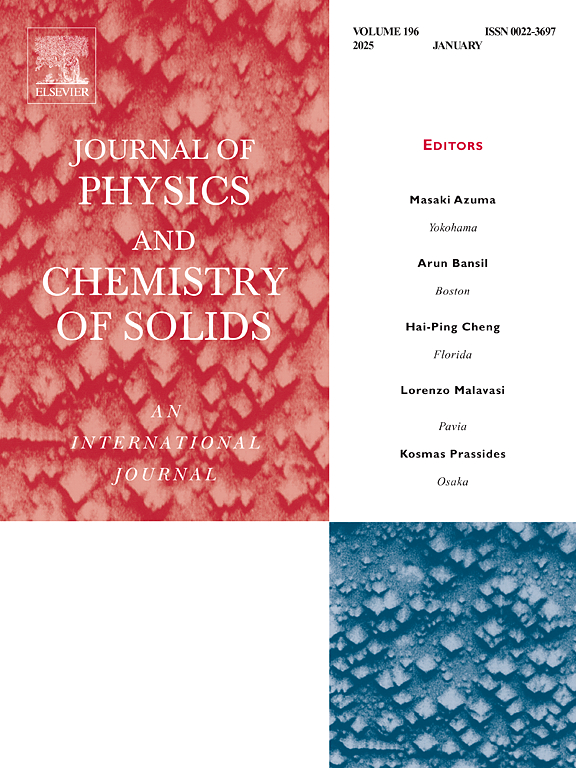Thermochemical conversion of an MCl2/M (M = Co, Ni, Cu) couple as an index of electrochemical conversion voltage
IF 4.3
3区 材料科学
Q2 CHEMISTRY, MULTIDISCIPLINARY
引用次数: 0
Abstract
The chemical-state changes in the reduction process of metal chlorides (CoCl2, NiCl2, and CuCl2) supported on SiO2 were clarified using in situ XAFS measurements. Hydrates were supported in the dried samples prepared by the incipient wetness impregnation, and all metal chlorides changed to anhydrides by heating to 200 °C under an H2 gas flow diluted by He. Subsequently, CoCl2 and NiCl2 were reduced to metallic Co and metallic Ni, respectively, while CuCl2 was reduced to metallic Cu via CuCl. The temperature at which chloride ions dissociate from anhydrous metal chloride particles was directly determined. In addition, the conversion temperature was determined by in situ XAFS analysis of the process in which metal particles on SiO2 are oxidized (chlorinated) by the Cl2 gas diluted by N2 at elevated temperature. Finally, the thermochemical redox temperature between metal oxides and metals was found to be correlated to their electrochemical conversion voltages. Based on this correlation, the electrochemical conversion voltage was predicted from the thermochemical conversion temperature of the MCl2/M couple determined in this study.

求助全文
约1分钟内获得全文
求助全文
来源期刊
CiteScore
7.80
自引率
2.50%
发文量
605
审稿时长
40 days
期刊介绍:
The Journal of Physics and Chemistry of Solids is a well-established international medium for publication of archival research in condensed matter and materials sciences. Areas of interest broadly include experimental and theoretical research on electronic, magnetic, spectroscopic and structural properties as well as the statistical mechanics and thermodynamics of materials. The focus is on gaining physical and chemical insight into the properties and potential applications of condensed matter systems.
Within the broad scope of the journal, beyond regular contributions, the editors have identified submissions in the following areas of physics and chemistry of solids to be of special current interest to the journal:
Low-dimensional systems
Exotic states of quantum electron matter including topological phases
Energy conversion and storage
Interfaces, nanoparticles and catalysts.

 求助内容:
求助内容: 应助结果提醒方式:
应助结果提醒方式:


